Electric Car Repairs & the Real Cost of Maintenance

Electric Car Repairs and the Real Cost of Maintenance
Electric cars
have numerous benefits, including financial advantages such as lower running costs and tax exemptions. They also offer environmental value, making driving an EV as rewarding as it is economical.
The cost of electric car maintenance and repairs is also a topic of much discussion. At Kia, we want our owners to understand why electric car maintenance is considered another financial benefit of emission-free driving.
In this article, we break down the real cost of electric car maintenance. We also explore how three key features of electric car technology
lead to reduced maintenance and car servicing costs.
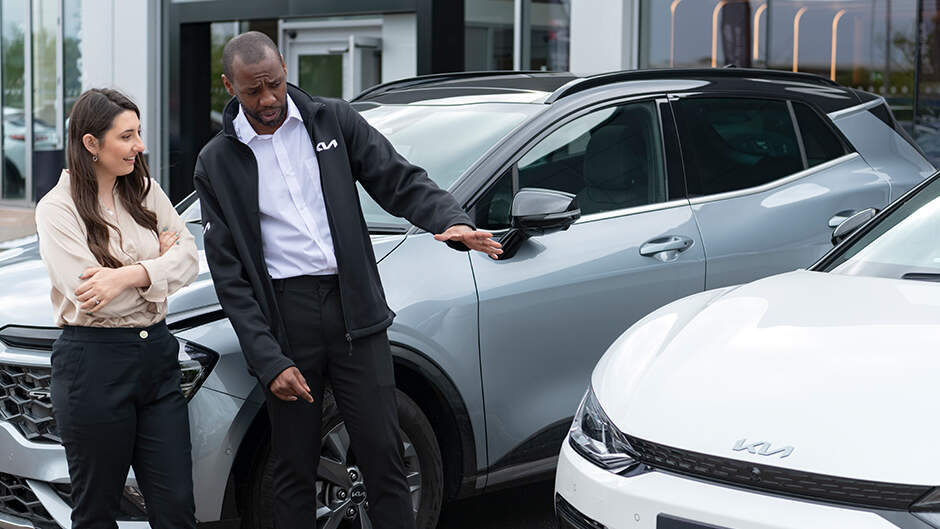
What is electric car maintenance and what does it involve?
Just like regular petrol or diesel cars, electric cars
require maintenance to keep them in top condition. Buying an electric car is a big investment, so ensuring it’s running at optimum efficiency should be a priority.
Electric car maintenance involves regularly checking and servicing your electric car components to ensure your vehicle is running as smoothly, safely and efficiently as possible. However, aside from optimising an electric car’s running costs and economy, the other financial benefit of EV maintenance is that it’s generally far cheaper than petrol or diesel servicing.
But why exactly is this?
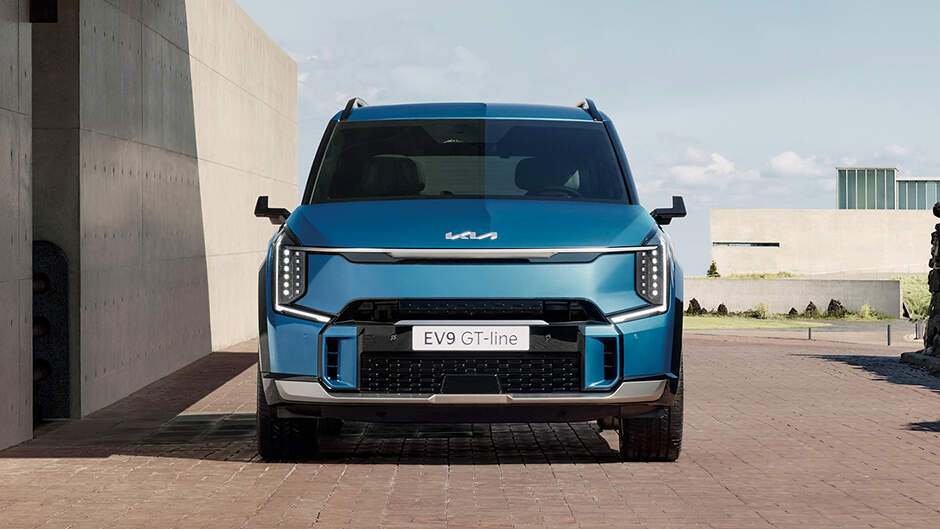
1. Fewer moving parts
Electric cars have far fewer moving parts than their petrol and diesel counterparts. This reduces the likelihood of a component needing to be repaired or replaced, generally making EVs far more reliable.
Petrol and diesel cars use an internal combustion engine (ICE), which is made up of hundreds of individual moving parts. With so many different components, there’s a much higher chance of faults, damage or general wear-and-tear necessitating expensive repairs or replacements.
In the absence of an ICE, electric cars
use an electric motor and battery, which have next to zero moving parts and require less maintenance. This also means that electric cars are less prone to damage or faults requiring electrical repairs.
Along with the engine, the transmission in an EV is less complex. It offers direct drive through a single-speed reduction transmission. This replaces manual (with clutch), DCT (two clutches) and automatic transmissions. All three of these are far more complex than EV transmissions and have numerous parts that can fail and require replacement or repair.
The rest of the running components (i.e. suspension, steering, braking, wheel bearings etc.) are broadly the same as those in petrol or diesel cars. They should all be checked regularly as part of an electric car service
to ensure they’re working correctly.
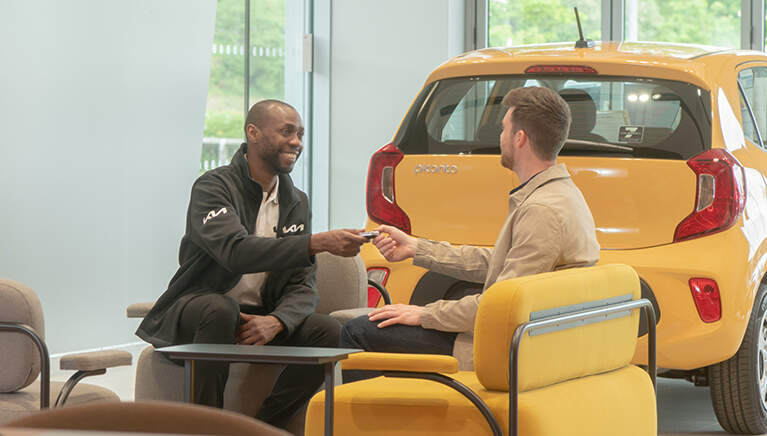
Want to get the most out of your EV?
Find out how you can how to increase the range of your electric car
with Kia.
Considering the switch to electric?
Learn more about the tax benefits of electric cars
2. Regenerative braking
All pure electric cars,
as well as Hybrid
and Plug-In Hybrid cars,
use some kind of regenerative braking. This is EV technology that uses the electric motor to slow the vehicle while transferring some of the energy generated back into the EV battery.
Regenerative braking provides a more efficient way to brake, without putting lots of friction on your brake pads. As a result, the brakes are less exposed to ongoing impact and wear and tear, wearing less rapidly and lasting longer. Less brake wear also helps reduce particulate emissions, which can be harmful to your lungs when inhaled in excess.
Because EV brakes get less use, they may need checking for corrosion as well as regular servicing to keep them safe and function. EV brake pads also still require maintenance and replacement once overly worn. However, the reduced rate of wear means that EV drivers don’t have to pay for brake pad replacements as frequently as drivers of petrol or diesel cars.
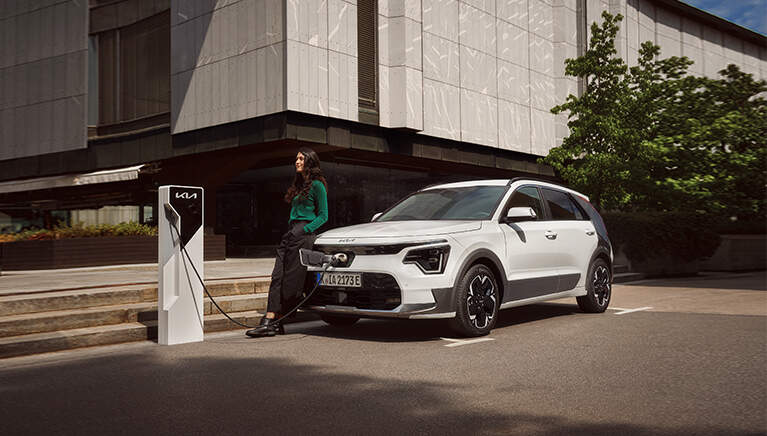
3. Enhanced cost efficiency of electric car servicing
One of the key expenses of car maintenance comes from car servicing.
Luckily, an electric car service
is considerably more cost-efficient than petrol or diesel car servicing.
With fewer moving parts of an electric car and reduced wear on brake pads and discs, EV servicing
is a quicker and simpler process. This is reflected in the overall cost of electric car servicing and general maintenance. Fewer service parts and no engine oil also mean less waste disposal during electric car servicing.
Although this cost efficiency may not be apparent during a one-off service, it becomes more impactful the longer you own your car and the higher mileage you build. As they age, petrol and diesel cars begin to require more replacement parts due to everyday wear and limited component life spans. With fewer moving parts, electric cars don’t require as many replacements.
At Kia, we provide tailored car service
packages for all our vehicles, always using expert EV technicians and genuine Kia parts. We also provide our premium Kia e-Care service plans
for the fully electric Kia EV6 and Niro EV. These bespoke electric car servicing plans
offer annual checks of your Kia EV, including:
• Overall vehicle health
• Brakes
• Fault codes
• Battery state
• Software
Find your local Kia service centre
and book your EV service today.
With the real cost of electric car maintenance shown to be lower than that of petrol and diesel cars, there’s no better time to go electric. When you join the charge with Kia, you also get the added bonus of the 7-year warranty that comes as standard on all our vehicles, including Hybrid,
Plug-In Hybrid cars,
and Electric cars.
Enjoy all the benefits of emission-free driving with peace of mind, knowing you’re fully covered by Kia.
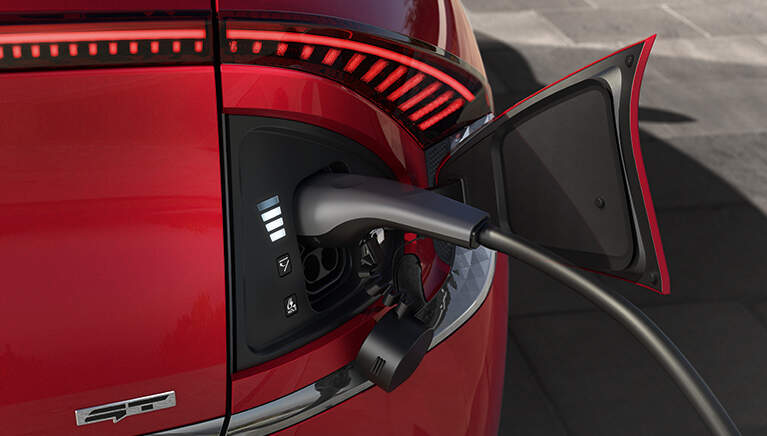
Images shown are for illustration purposes only and may not be to full UK specification. Features shown are not standard across the Kia model range and availability will vary dependant on model. For further details please refer to the individual model specification sheets.

